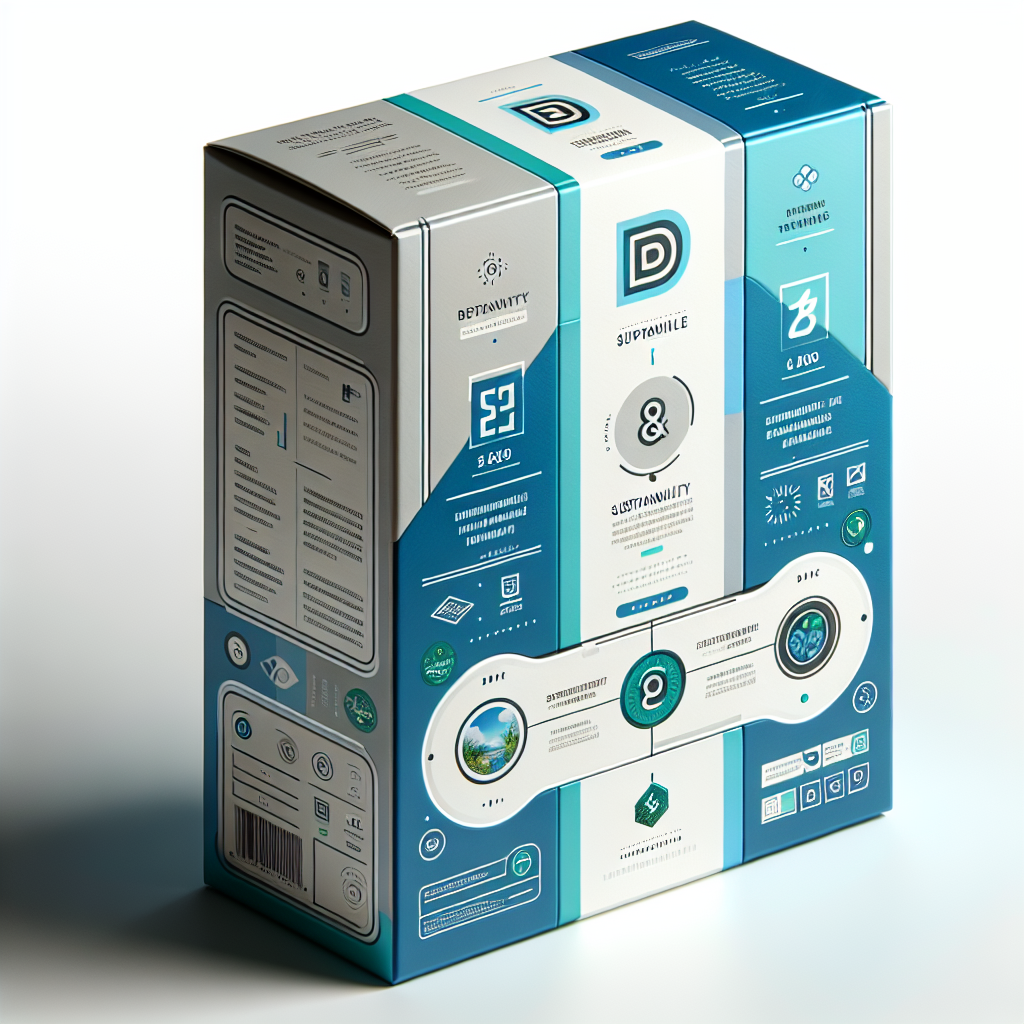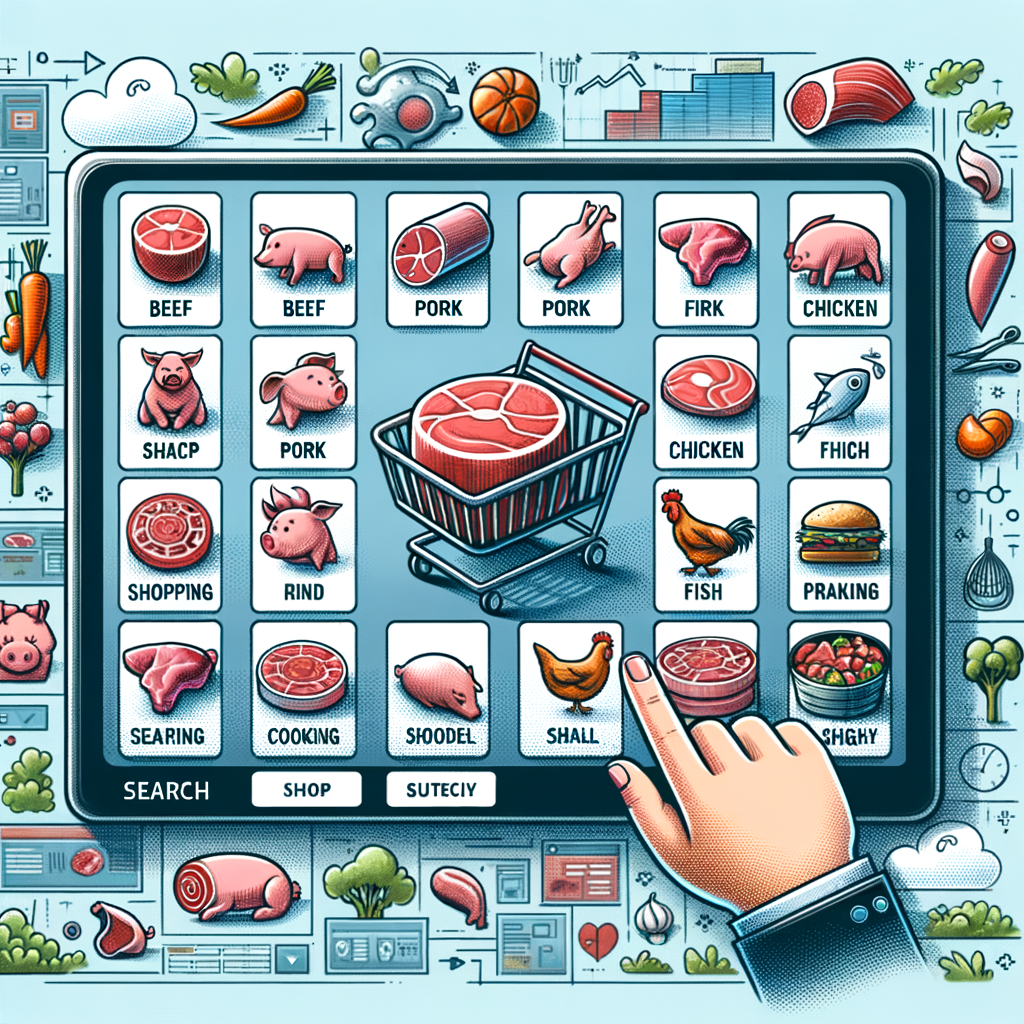Product packaging is more than just a protective covering; it serves as a powerful marketing tool that can differentiate your brand from the competition. Effective packaging not only protects the product but also communicates brand identity, value, and the essence of the product itself.
The Importance of Product Packaging Design
Consumers are bombarded with choices daily, and a well-designed package can make your product stand out on the shelves. It’s often the first point of contact between the consumer and the product, and as the saying goes, “First impressions matter.” Aesthetically pleasing packaging can capture attention and pique curiosity.
Key Elements of Effective Packaging
Visual Appeal
A visually appealing package grabs the consumer’s attention and conveys a sense of quality. Colors, imagery, and typography all play a vital role in creating a captivating design. Colors can evoke emotions and set the tone for the product, and typography can reinforce brand personality. For instance, bold and modern fonts may convey a different message than elegant, cursive script.
Practicality and Functionality
While aesthetics are important, practicality should not be overlooked. Packaging must be easy to open, store, and use. Functionality enhances the overall user experience. Consider ergonomics, ease of access, and resealability when designing packaging. If a consumer struggles to open a package or finds it inconvenient to use, it can lead to frustration and a negative perception of the Best product packaging design and brand.
Trends in Product Packaging Design
In an ever-evolving consumer landscape, packaging design trends come and go. Staying current with these trends can keep your brand relevant.
Sustainability and Eco-friendliness
In the age of environmental consciousness, sustainable packaging is a growing trend. Using biodegradable materials and reducing excess packaging is not only eco-friendly but also resonates with conscious consumers. Brands are increasingly adopting eco-friendly practices not only to reduce their environmental footprint but also to align with consumer values. Sustainable packaging can include options like compostable materials, minimalistic designs that use less ink, and packaging that can be repurposed.
Minimalist and Clean Designs
Simplicity is key. Minimalist designs with clean lines and ample white space provide a sense of sophistication and clarity. Minimalism doesn’t mean sacrificing creativity; rather, it’s about distilling the design to its essence while making a powerful statement. A minimalist approach can convey a sense of transparency and purity, which is particularly appealing in industries like cosmetics and food where consumers seek authenticity and simplicity.
Incorporating Storytelling
Consumers love a good story. Packaging that tells the story of the product’s journey or the brand’s values can create a deeper connection with consumers. Storytelling through packaging can create an emotional connection and make the product more relatable. Brands can share their history, mission, or the inspiration behind the product through visuals and text on the packaging. This not only adds value but also provides consumers with a reason to choose one product over another. Storytelling can also include the use of symbols, such as logos and mascots, that resonate with consumers and evoke a sense of nostalgia or familiarity.
The Role of Colors and Typography
Colors evoke emotions, and typography can convey personality. Choosing the right combination is crucial for brand messaging and recognition. Colors play a significant role in creating a brand’s identity and evoke specific emotions. For example, red can convey passion and excitement, while blue may symbolize trust and reliability. Typography, on the other hand, can communicate brand personality and style. Bold, modern fonts may convey a sense of innovation and confidence, while elegant, cursive scripts can evoke a feeling of luxury and sophistication. It’s essential to select colors and typography that align with your brand’s identity and resonate with your target audience.
Innovations in Material Choices
As technology advances and environmental concerns grow, packaging materials are evolving.
Biodegradable and Recyclable Materials
Brands are increasingly opting for biodegradable and recyclable materials to reduce their environmental footprint. Biodegradable materials break down naturally, minimizing their impact on the environment. Recyclable materials can be collected and processed to create new packaging or products, reducing waste. These materials not only align with sustainability goals but also resonate with environmentally conscious consumers.
Smart Packaging Technology
Technology is finding its way into packaging, with features like QR codes, augmented reality, and interactive elements enhancing the consumer experience. Smart packaging technology allows consumers to engage with the product and brand in new ways. For example, QR codes on packaging can provide access to product information, recipes, or promotions when scanned with a smartphone. Augmented reality (AR) features can bring packaging to life, allowing consumers to interact with virtual elements, such as animations or product demonstrations, through a mobile app. Interactive packaging creates a memorable and immersive experience that sets brands apart in a competitive market.
Case Studies of Successful Packaging Designs
Let’s take a closer look at a couple of iconic packaging designs that have stood the test of time.
Apple’s Iconic Packaging
Apple’s minimalist and elegant packaging design mirrors the brand’s product philosophy and creates a sense of anticipation and premium quality. Apple’s packaging is a prime example of how simplicity can convey sophistication and premium quality. The sleek, white boxes with minimalist graphics and typography evoke a sense of elegance and innovation. Opening an Apple product is an experience in itself, with carefully designed compartments that reveal the product in a visually pleasing and user-friendly manner. The attention to detail in Apple’s packaging reinforces the brand’s commitment to excellence and the user experience.
Coca-Cola’s Timeless Design
Coca-Cola’s classic red and white packaging is instantly recognizable worldwide, demonstrating the power of a timeless design. Coca-Cola’s packaging design is a testament to the enduring appeal of simplicity and brand consistency. The iconic red and white color scheme, combined with the distinctive Coca-Cola logo, has remained largely unchanged for decades. This consistency creates a sense of familiarity and nostalgia for consumers, regardless of where they encounter the product. Coca-Cola’s packaging design serves as a visual anchor for the brand, reinforcing its core values of happiness, refreshment, and enjoyment. The longevity and recognizability of Coca-Cola’s packaging design highlight the importance of staying true to your brand’s visual identity.
Challenges in Product Packaging Design
While designing product packaging is exciting, it comes with its set of challenges.
Balancing Aesthetics and Functionality
Finding the perfect equilibrium between an attractive design and functional packaging can be tricky. Aesthetics and functionality are not mutually exclusive but require careful consideration and creative solutions. Designing packaging that is visually appealing while also practical and user-friendly is a delicate balance. It involves understanding the unique needs of the product, target audience, and distribution channels. Collaborating with packaging experts and conducting consumer testing can help brands strike the right balance.
Cost Constraints
Creating innovative packaging that doesn’t break the budget is an ongoing challenge for brands. Balancing cost constraints while striving for high-quality packaging can be a significant hurdle. Brands must consider factors such as material costs, printing techniques, and production processes. Cost-effective solutions, such as optimizing packaging dimensions and reducing excess materials, can help manage expenses without compromising quality. It’s essential to find innovative ways to achieve attractive packaging within budget limitations.
Future Directions in Packaging Design
What does the future hold for packaging design? Let’s explore some exciting possibilities.
Personalization and Customization
With digital printing technology, brands can create personalized packaging for individual consumers, enhancing brand loyalty. Personalization is becoming increasingly accessible thanks to advancements in digital printing technology. Brands can create packaging that features individual names, messages, or even custom graphics for consumers. This level of personalization not only creates a unique and memorable experience but also strengthens the emotional connection between consumers and brands. Personalized packaging can be particularly effective for special occasions, gift-giving, or limited-edition products, where consumers seek a personal touch.
Augmented Reality in Packaging
Augmented reality features on packaging can provide consumers with interactive experiences, adding a new dimension to product engagement. Augmented reality (AR) is poised to revolutionize packaging design by merging the physical and digital worlds. AR features on packaging allow consumers to use their smartphones or tablets to interact with the product and brand. For example, scanning a package may trigger animations, product demonstrations, or access to additional information. AR adds an element of fun and engagement to the product experience, making it more memorable and shareable. Brands that embrace AR in packaging can differentiate themselves and create buzz in the market.
Conclusion
Innovations in product packaging design are continuously reshaping the way brands connect with consumers. By balancing aesthetics and functionality, adopting sustainable practices, and embracing emerging technologies, brands can create packaging that not only protects their products but also leaves a lasting impression. As you embark on your packaging design journey, remember that it’s not just a box; it’s a canvas for your brand’s story.




